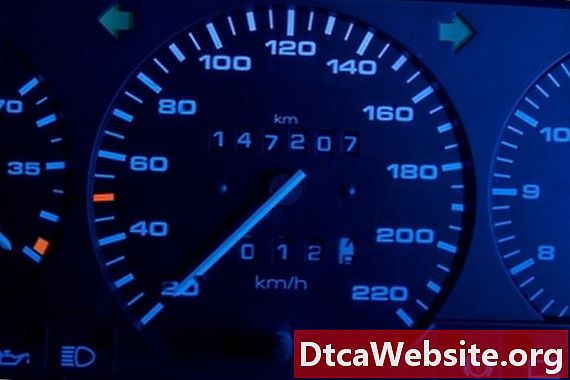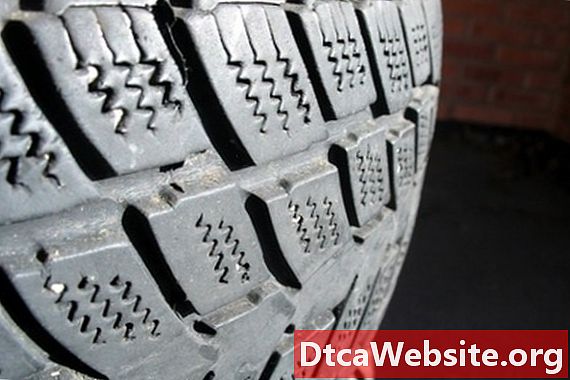
Contenu

In 1996, the U.S. auto industry shifted to a standardized diagnostic system in regard to automotive repair. Before 1996, computerized engine diagnostic systems were designed for particular car manufacturers and their specific systems. These first generation on-board diagnostic systems are now referred to as OBD-1. In the new standardized system, or OBD-2, a scan tool can retrieve "pending" and "trouble" codes to diagnose engine problems in any OBD-2 compliant vehicle. Operation of the scan tool is fairly simple. Although the system is standardized, there are slight variations by scanner brand and users should always consult the tools manual.
Step 1
Consult your manual for precise operational steps before proceeding. Button configurations are different by brand of scanner, and their programming and operational systems are all different. While you are consulting your manual, locate the generic OBD-2 code descriptions. Most manuals will have them, usually towards the back and in an appendix. Familiarize yourself with the scanners read-out icons, paying special attention to how the scanner will differentiate between trouble codes and pending codes.
Step 2
Sit behind a computer, open your web browser, and navigate to a webpage listing manufacturers supplemental OBD-2 codes. Your scanners manual will likely only have the generic codes universal to all vehicles, and your vehicles manual will not have these codes. out the supplemental codes. If you have a Haynes Repair Manual for your vehicle, you can skip this step.
Step 3
Open the vehicles drivers side door and place the scanners manual and the ed material into the passengers seat. Insert your key into your vehicles ignition, but leave it unturned. You will return to the key and the ed materials later.
Step 4
Locate the Data Link Connection in your vehicle. This is a standard diagnostic port found in all OBD-2 compliant vehicles. It has 16 pin-receivers and is usually black or gray. The DLCs exact location varies by make and model, but it is usually underneath the dashboard and somewhere between the left kick panel and the gas pedal. In some vehicles, it will be in a special covered compartment.
Step 5
Hook up your scan tool to the DLC. This is the point where variations in scanner operations begin. Some scanners will sense the diagnostic system and turn on automatically. Others may need to be switched on by pressing a power button.
Step 6
Turn the key in the vehicles ignition. Some scanners need only the electrical system on, while others need the engine running.
Step 7
Key in a command to "read," "scan," or "retrieve." Some scanners will automatically do this.
Step 8
Look at the scanners read-out screen and differentiate between what is a pending code and what is a trouble code. When the OBD-2 system detects a malfunction, it assigns it a code but classifies it as "pending." If the problem persists, the code becomes reclassified as "trouble" or "fault" and the vehicles check engine lights up. Always pay attention to the trouble codes first.
Step 9
Consult the ed material and the scanners manual to find a description of the problems affecting your vehicle. With this information, you can decide whether you need to take the vehicle to a mechanic or if you can perform the repairs yourself.
Turn the vehicles engine and/or electrical system off. Switch off the scanner and remove it from the DLC.
Tip
- OBD-2 scan tools are widely available at auto stores and retailers with automotive departments. Some garages might freely lend theirs. Many garages, however, charge diagnostic fees.
Warning
- OBD-2 scanners cannot read or diagnose air bags, ABS brakes, tire pressure monitors, or any of the other diagnostic systems in the vehicle.


